Have you ever considered how much time you spend in the office?
Hours? A few days? Only a few months? Is it only a couple of hours as in a restaurant, or perhaps only a few minutes as in a shop, or several days as in a holiday apartment? How many hours a day do you spend at home in your kitchen or your lounge? And, in contrast, how many hours do you spend in your workplace?
Apart from periods spent sleeping which we do not experience awake and conscious, the workplace is the environment where we spend most time. As office workers we spend a considerable part of our lives in the office. Seven or eight hours a day, five days a week, 45 weeks a year over a period of approximately 40 years. That amounts to approximately 72 000 hours spent in the office. As a result, the office is the dominant artificial environment which has the biggest influence on our lives.
Feelings determine our decisions and it is possible to find out about such feelings by placing ourselves in a particular situation.
Imagine you work in an office. White walls, suspended louvered ceiling with in-built lighting, grey blinds in front of the windows, light grey desks, grey carpeting, loose cabling hanging down from the desk and on the floor. Choose your desk in there. Perhaps not exactly the best spot with a wall behind you, but as an exception a less good place.
IMAGINE YOU ARE NOW SITTING IN THIS PLACE.
Take a look around. Try to evaluate as many details as possible in your surroundings in a consciously emotional way. How do these environmental factors affect your mood? Do you feel positively inspired, indifferent or de-motivated? Try to evaluate as many details as possible from your surroundings in a conscious way. Is there a plant in your office? Is it beautiful and vital or is it struggling to survive? Can you see out of the window, or is there a grey blind in front of it?
Also, for example, have a look at your desk more closely. Touch the table-top consciously. What does the table-top at which you are sitting convey to you? Is it to be judged as high quality like your work is supposed to be, or is it just a piece of plastic, cheap and dirty?
Is there something colorful in your office? Have you looked at the waste paper baskets? Look at your colleagues? Where are they or where are they moving about? In front of you, at the side of you or behind you?
How good is your privacy sphere? Usually, we are especially sensitive when it is a question of protecting our privacy sphere behind us. Are your colleagues constantly or frequently going past you from behind? . Do you perhaps get an unexpected tap on the shoulder or does someone make use of the opportunity to read your emails? How good is your privacy space at the side? If someone comes speak to you, is that person almost sitting on your lap before you notice him?
Take a look at the printer, copier, fax machine and telephone? How clean are the monitors and the keyboards?
What do the chairs look like? Material threadbare? Filthy dirty? Armrests rickety?
If you think you now have a feeling about the effect of your office environment on you, try to imagine how you would feel after a week. – Let time continue to pass, day after day and try to imagine how you would feel after 12 months. How have you adapted?
Be consciously aware of the feeling. Let yourself submit to it totally. Think again of all the details which you were so aware of on the first day. You became less and less consciously aware of them during the following days, so that in eventually they only affected your psyche unconsciously. You can find out how below:
How do you feel now. Fit or exhausted? Creatively full of ideas or empty?
What happens in one month? From when one month’s salary until the next. 4 weekends, 30 evenings. What have we achieved during the time?
And then a whole year? Spring, summer, autumn and winter. Sunshine, rain, snow, warmth, heat and cold. Let a whole year pass in front of your inner eye. What do we remember? What were we moved by? Or, looked at another way, what were we frequently not moved by?
How did you adapt to your work environment? Is it possible that developments and decisions in your private life were influenced by the mood that you were in when you came home from the office? Take time to let this question really sink in.
And finally, we take a jump in time: how is it after 5 years or 1300 working days? Think about the decisive changes your life undergoes in 5 years, e.g. partnership(s), friendships, children, house building, home ownership, and many more. Could it be that developments and decisions in your private life were influenced by the mood you were in when you came home from the office?
Try to get a feeling about the extent to which the office environment constantly affects your life. How many positive impulses such as joy, love, inspiration and motivation have you taken from your office environment into your private life? The extent to which you live your working life creatively is the extent to which your private life will also be creative.
On the other hand, a grey rainy weather day mood, gloomy atmosphere, unkindness, stress and de-motivation from the office also influence your private life and your decisions in a negative way. As a contrast we only have to imagine a place in nature. Your favorite place, for example. In the woods, park, meadow, by the sea or in your garden – with lots of colorful flowers, magnificent trees, twittering birds and other animals, river or sea, sun, beach, mountains etc. How does it feel? Does it not lift your mood?
What a contrast to a “modern” colorless and shapeless office. The diverse, gloriously colorful nature is what our ancestors experienced every single day for many millions of years. Logically, these archetypical formative human experiences are still with us modern people. Reactions and reflexes to environmental factors are defined by these archetypical experiences in nature.
At the same time the diversity of nature is the source of inspiration for our creativity and the requirement for a happy life.
What an insult concerning our basic needs then is a technical standardized office.
We are not used to living in a monotonous artificial environment but in an environment which is lush and naturally diverse. This natural diversity in form and color is an important source of inspiration and a natural, archetypical need.
The negating of human needs inevitably leads to less productivity.
Architects, office designers and fitters should be aware of their responsibility. Their work influences the lives of the people who work in the office environments they have designed. Consequently, in a figurative sense, you can say that not only is a neutral object designed or fitted, but that “life,” in the sense of journeys through life, is designed in a positive or negative way.
That is the real measuring stick against which good architecture and good office design are judged. However, the client often imposes limits on the architects and designers. Unfortunately, cheaper fittings are frequently installed due to lack of awareness about the negative effects of an office design regarded as functionally satisfactory and due to the lack of empirical studies about increasing efficiency with vital optimized fittings.
We can say from experience that almost every larger Vital-Office office fitting is authentic and unique in many small details attached to the needs of people and organization. Almost each company or department is unique in some way or another and this is then reflected in a good vitally optimized office fitting.
Conclusions:
- Humans are used to nature’s diversity and need this for stimulation, inspiration and creative self development.
- Usually the ordinary design of offices is depressing creative abilities.
- Office designers need to be aware of their responsibility influencing people’s lives.
Downloads:
A meticulous and holistic design of the working environment, however, can promote creativeness and significantly contribute to the wellbeing of body and mind. This design also promotes
...

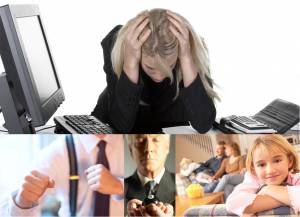






 /a>
/a>
 /a>
/a>
 /a>
/a>
 /a>
/a>
 /a>
/a>
 /a>
/a>
 /a>
/a>
 /a>
/a>
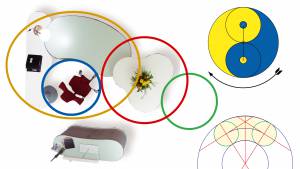 /a>
/a>
 /a>
/a>
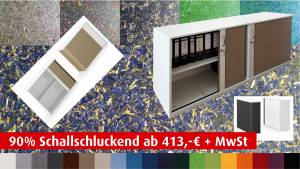 /a>
/a>
 /a>
/a>
 /a>
/a>
 /a>
/a>
 /a>
/a>
 /a>
/a>
 /a>
/a>
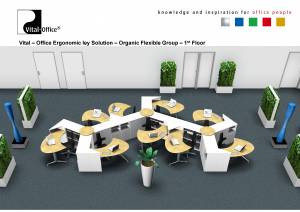 /a>
/a>
 /a>
/a>
 /a>
/a>
 /a>
/a>
 /a>
/a>
 /a>
/a>
 /a>
/a>
 /a>
/a>
 /a>
/a>
 /a>
/a>
 /a>
/a>
 /a>
/a>
 /a>
/a>
 /a>
/a>
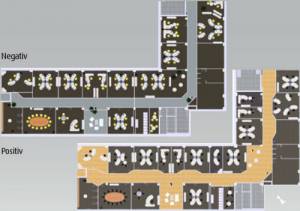 /a>
/a>
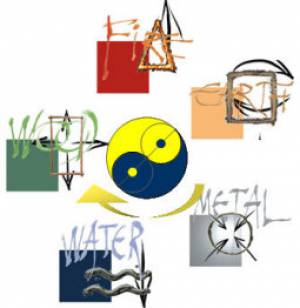 /a>
/a>
 /a>
/a>
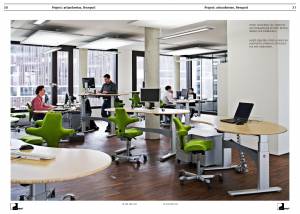 /a>
/a>






